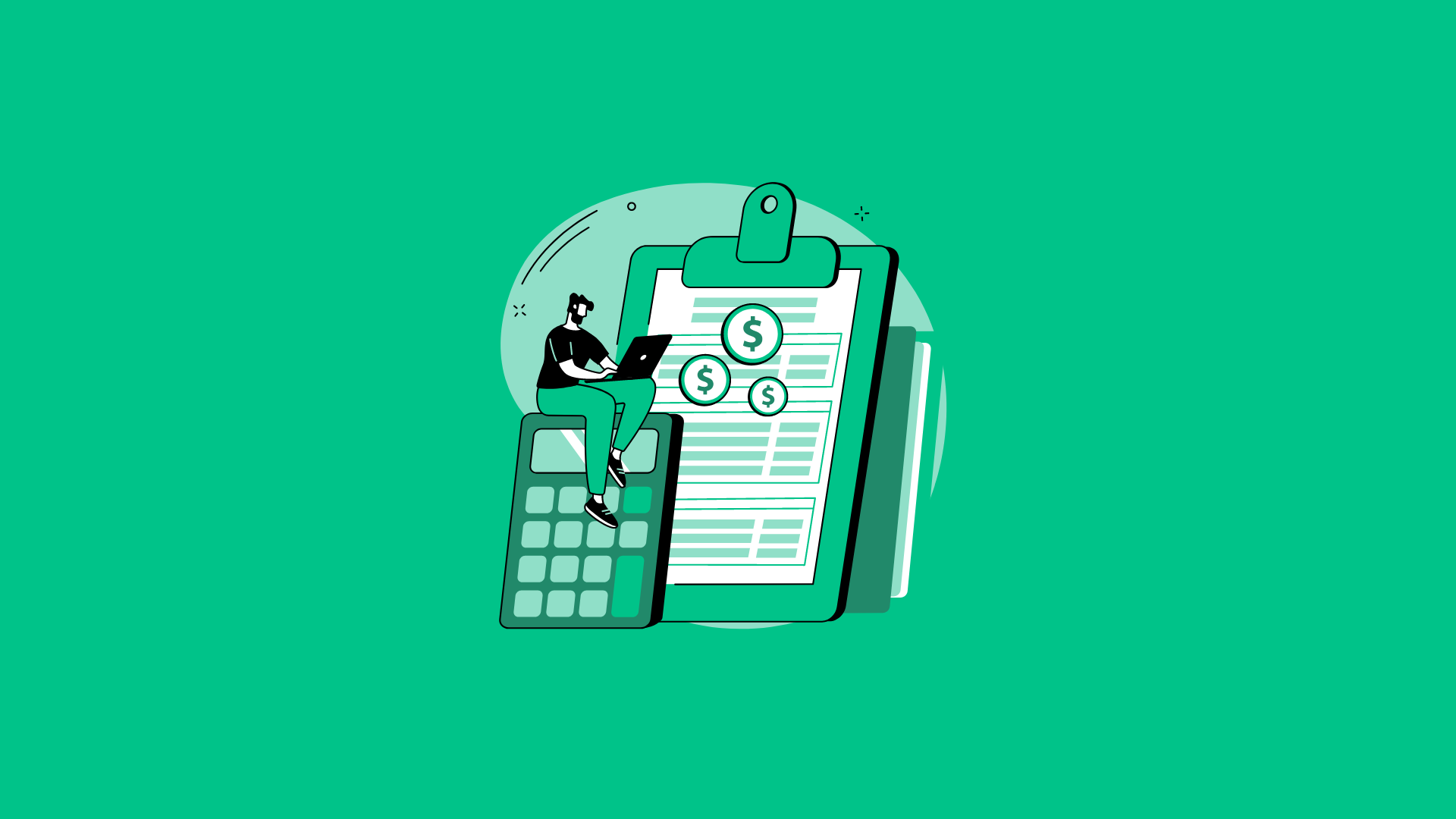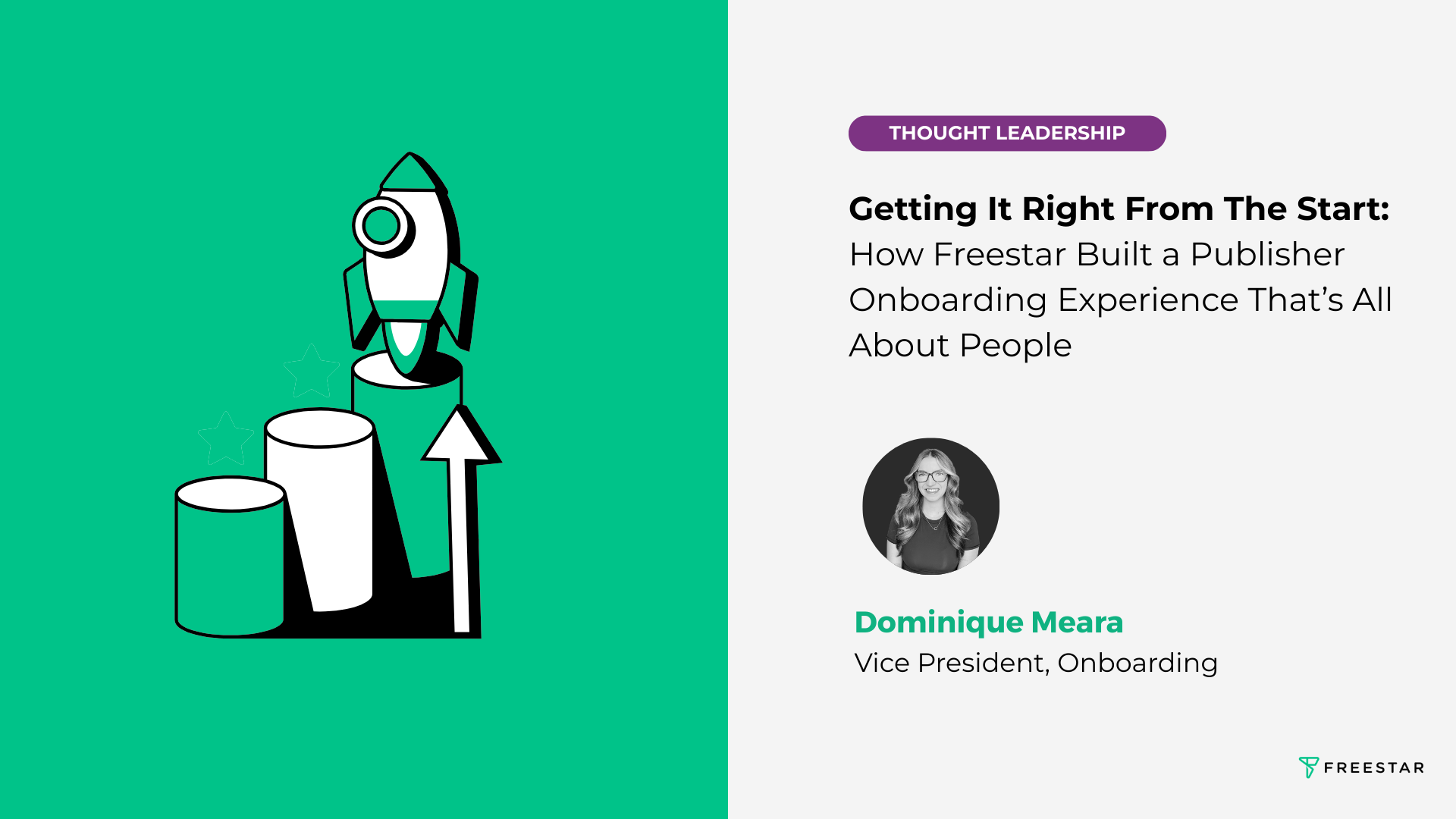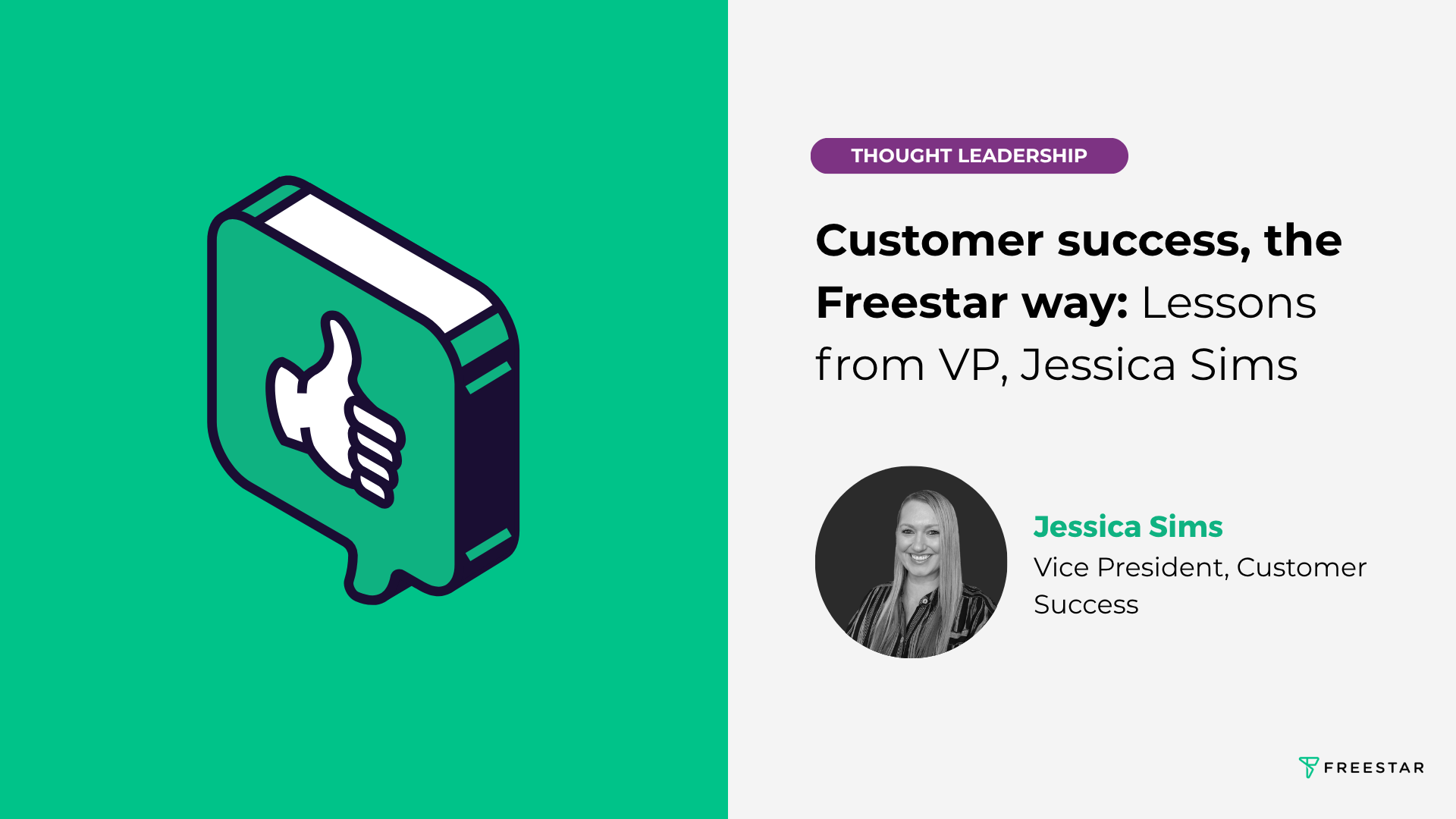CPM (Cost per Mille) and RPM (Revenue per Mille) are essential metrics for website publishers to calculate and monitor their advertising revenue. CPM measures the revenue earned per thousand ad impressions, while RPM measures the revenue earned per thousand pageviews or sessions, regardless of the number of ads displayed.
In this blog, we will guide you through calculating CPM and RPM and discussing their benefits. Additionally, we will cover the key factors affecting CPM and RPM, including ad placement, format, quality, traffic quality, advertiser demand, and seasonality.
Finally, we will explore the future of RPM and CPM in digital advertising, including the increased emphasis on audience data, the growing popularity of programmatic advertising, and the emergence of new ad formats. By the end of this blog, you will have a comprehensive understanding of CPM and RPM and how they impact digital advertising.
Let’s get into it!
How to Calculate CPM and RPM
Here are the steps to calculate CPM and RPM:
CPM Calculation:
- Determine the total number of ad impressions served on your website during a specific period, such as a day, week, or month
- Divide the total ad revenue earned during that period by the total ad impressions
- Multiply the result by 1000 to get the CPM
Formula: CPM = (Total Ad Revenue / Total Ad Impressions) x 1000
For example, if you earned $1000 from 500,000 ad impressions in a month, the CPM is calculated as:
CPM = ($1000 / 500,000) x 1000 = $2
RPM Calculation:
- Determine the total revenue earned from all sources (such as ads, affiliate programs, and product sales) during a specific period (such as a day, week, or month)
- Divide the total revenue earned by the total number of pageviews or sessions during that period
- Multiply the result by 1000 to get the RPM
Formula: RPM = (Total Revenue / Total Pageviews or Sessions) x 1000
For example, if you earned $5000 from 100,000 pageviews in a month, the Page RPM is calculated as:
RPM = ($5000 / 100,000) x 1000 = $50
CPM is a metric measuring the revenue earned per thousand ad impressions. At the same time, RPM is a metric that measures the revenue earned per thousand pageviews or sessions, regardless of the number of ads displayed.
What are the benefits of using CPM and RPM?
Here are some benefits of using CPM and RPM to measure:
- Track Advertising Revenue: CPM and RPM help website publishers track the revenue generated from their advertising campaigns. By measuring the cost per thousand ad impressions, pageviews, or sessions, publishers can optimize their ad inventory to increase revenue and improve their ROI.
- Compare Ad Performance: CPM allows website publishers to compare the performance of different ad campaigns, as well as networks’ performance. Publishers can identify the most effective ad campaigns and ad networks that generate the highest revenue, then make informed decisions about which ones to keep or drop.
- Evaluate Ad Inventory: CPM helps website publishers to evaluate their ad inventory and identify areas for improvement. Publishers can analyze individual ad units’ performance and placements to optimize their inventory for maximum revenue and RPM.
- Monitor User Engagement: RPM helps website publishers monitor user engagement on their websites. By measuring the revenue earned per thousand pageviews or sessions, publishers can track the effectiveness of their website content and user experience.
- Optimize Revenue: RPM helps website publishers to optimize their revenue streams from various sources such as ads, affiliate programs, and product sales. By tracking the revenue earned per thousand pageviews or sessions, publishers can identify the most profitable revenue streams and make informed decisions to maximize their revenue.
Overall, CPM and RPM are valuable metrics that allow website publishers to track their advertising revenue, optimize their ad inventory, and make informed decisions about their revenue streams.
What factors affect RPM and CPM?
Several factors can affect website publishers’ RPM (Revenue per Mille) and CPM (Cost per Mille). Here are some of the critical factors:
- Ad Placement: The location of ad units on a webpage can significantly impact CPM and RPM. Ads placed above the fold and within the main content area tend to have higher CPMs and generate more revenue.
- Ad Format: The type of ad format used, such as display ads, video ads, or native ads, can affect CPM and RPM. Some ad formats have higher engagement rates and generate more revenue.
- Ad Quality: The quality of the ads displayed on a website can impact CPM and RPM. High-quality advertisements that are relevant and engaging to the audience tend to generate more revenue than low-quality or irrelevant ads.
- Traffic Quality: The quality of the website traffic can also impact CPM and RPM. Higher-quality traffic, such as organic search or direct traffic, tends to generate higher CPMs and RPMs than lower-quality traffic sources, such as referral or social media traffic.
- Advertiser Demand: The demand for advertising from advertisers in a specific industry or vertical can impact CPM and RPM. Higher advertiser demand in a particular niche or industry tends to result in higher CPMs and RPMs for publishers.
- Seasonality: Seasonality can also impact CPM and RPM, with some industries experiencing higher demand and revenue during certain times of the year. For example, the retail industry tends to have higher CPMs and RPMs during the holiday season.
By understanding these factors, publishers can optimize their ad inventory and website content to generate maximum revenue.
What is the future of RPM and CPM in digital advertising?
- Increased Emphasis on Audience Data: With the growing focus on data privacy and security, first-party and second-party data are expected to become more prevalent in digital advertising. This shift could lead to more targeted and personalized advertising campaigns, which may result in higher CPMs and RPMs for publishers.
- Growing Popularity of Programmatic Advertising: Programmatic advertising is expected to grow in popularity as more advertisers seek to automate and optimize their ad campaigns. This could lead to more efficient and effective ad delivery, resulting in higher CPMs and RPMs for publishers.
- The Emergence of New Ad Formats: The digital advertising industry is constantly evolving, and new ad formats are expected to emerge. For example, interactive and immersive ad formats such as augmented reality and virtual reality are expected to become more common, which could lead to higher CPMs and RPMs for publishers.
- Increased Competition: As the digital advertising industry continues to grow, the competition for ad inventory is expected to increase. This could lead to higher CPMs for publishers and a more competitive landscape where publishers need to work harder to attract and retain advertisers.
- Shift Towards Video Advertising: Video advertising is expected to become increasingly important in digital advertising, with more advertisers investing in video ad campaigns. This shift could lead to higher CPMs and RPMs for publishers who can offer high-quality video ad inventory.
The future of RPM and CPM in digital advertising will likely be shaped by changes in technology, data privacy, and advertiser demand. Publishers who stay abreast of these trends and adapt their strategies accordingly can expect greater success in generating revenue from digital advertising.





